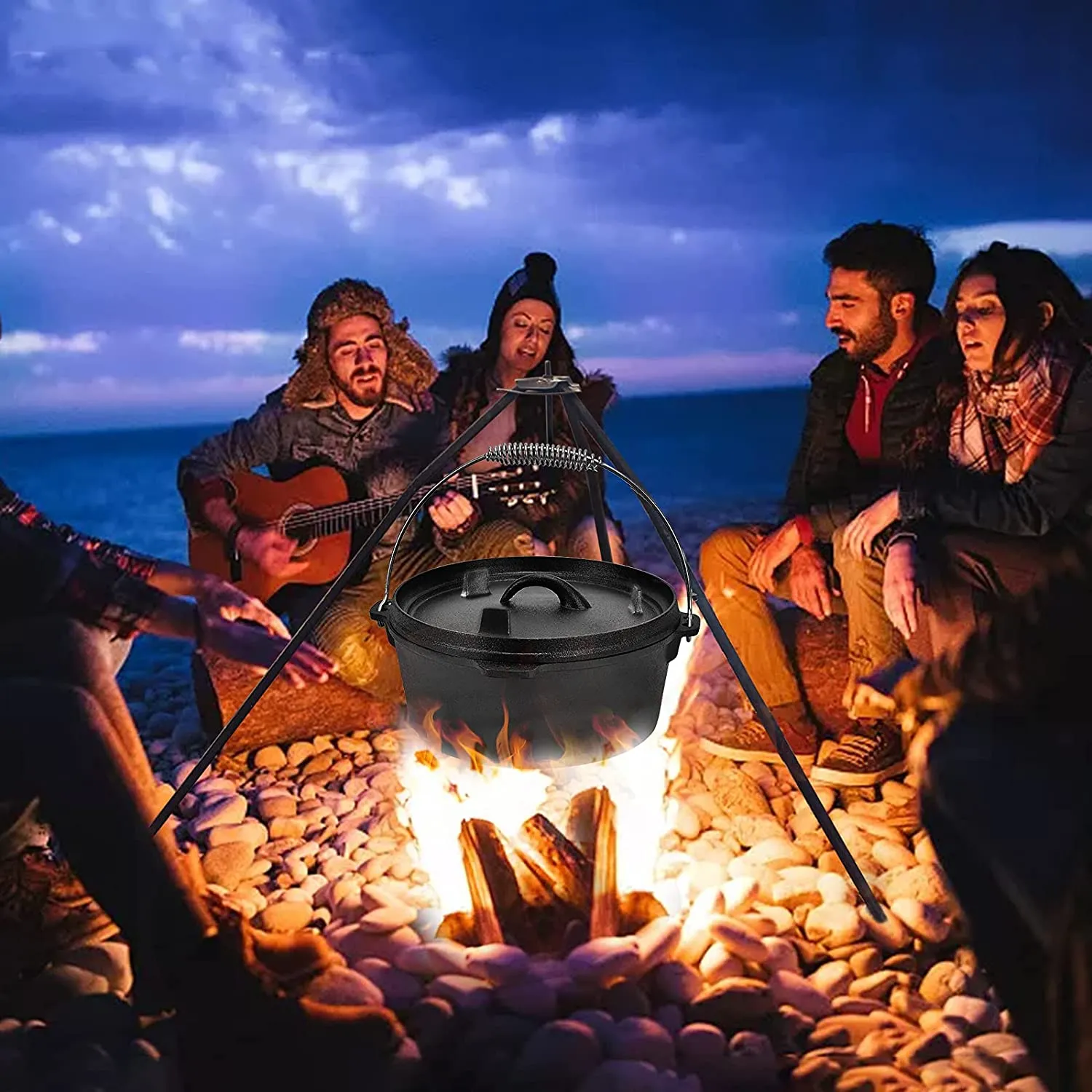
Caring for Your Cast Iron Skillet for Longevity and Performance
The Art of Cooking with a Cast Iron Skillet
In the world of culinary arts, few kitchen tools are as versatile and beloved as the cast iron skillet. This timeless piece of cookware, made from a mixture of iron and carbon, has been a staple in kitchens for centuries, renowned for its durability, heat retention, and unique ability to enhance the flavor of food. Whether you're a novice home cook or a seasoned chef, mastering the cast iron skillet can elevate your cooking to new heights.
The History of Cast Iron Cookware
Cast iron cookware has a rich history, with its origins tracing back to ancient China. However, it gained popularity in Europe in the 18th century, becoming an essential item in many households. The skillet, in particular, became synonymous with rustic cooking, being used over open fires and in traditional ovens. Today, the revival of cast iron cookware has made it fashionable once again, with many chefs advocating for its use due to its incredible versatility.
The Benefits of Cooking with Cast Iron
One of the standout features of cast iron skillets is their ability to retain heat. This trait allows for even cooking and excellent searing, making it perfect for dishes that require high heat, such as steak or stir-fried vegetables. Moreover, cast iron skillets can be used on the stovetop, in the oven, or even over an open flame, making them ideal for everything from frying to baking.
In addition to cooking performance, cast iron skillets have the unique ability to improve with age. When seasoned correctly, the skillet develops a natural non-stick surface that grows over time, enhancing its cooking capabilities. This seasoning process involves coating the skillet with a thin layer of oil and heating it, which creates a polymerized layer that protects the pan and gives it a distinctive flavor.
skillet iron pan

How to Care for Your Cast Iron Skillet
Maintaining a cast iron skillet is key to ensuring its longevity and performance. While it may seem daunting, the care routine is quite straightforward. After each use, it's best to clean the skillet with warm water and a non-abrasive sponge. Avoid using soap, as it can strip away the seasoning. For tougher residues, a sprinkle of coarse salt can act as a gentle abrasive.
Once clean, dry the skillet thoroughly to prevent rust. A light coating of oil will help maintain the seasoning and keep it in top condition. Regularly re-seasoning your skillet, especially if you notice food starting to stick, will keep it functioning well for years to come.
Culinary Applications
The versatility of a cast iron skillet extends to a wide range of dishes. It excels in preparing breakfast items like eggs and pancakes, while also being ideal for savory mains like cornbread, roasted chicken, or hearty stews. Beyond stovetop cooking, it can also go straight from the oven to the table, making it perfect for dishes like baked macaroni and cheese or deep-dish pizza.
Conclusion
In conclusion, a cast iron skillet is more than just a cooking tool; it's an heirloom, a symbol of home-cooked meals and comforting flavors. Its ability to sear, simmer, and bake, combined with its durability, makes it an invaluable addition to any kitchen. With the right care and knowledge, a cast iron skillet can last a lifetime, becoming a cherished part of your culinary journey. So, embrace this classic cookware, and unlock the vast potential it holds for your cooking adventures!
-
Season Cast Iron Perfectly with GPT-4 Turbo TipsNewsAug.01,2025
-
High Quality Cast Iron Cookware - Baixiang County Zhongda MachineryNewsAug.01,2025
-
Premium Cast Iron Pan: Durable & Perfect HeatNewsAug.01,2025
-
High Quality Kitchen Durable Black Round Cast Iron Cookware Pancake Crepe Pan-Baixiang County Zhongda Machinery Manufacturing Co., Ltd.NewsAug.01,2025
-
Cast Iron Cookware - Baixiang County Zhongda Machinery | Nonstick, Heat ResistanceNewsAug.01,2025
-
High Quality Kitchen Durable Black Round Cast Iron Cookware - Baixiang County Zhongda Machinery | Non-Stick, Heat Retention, DurableNewsJul.31,2025


